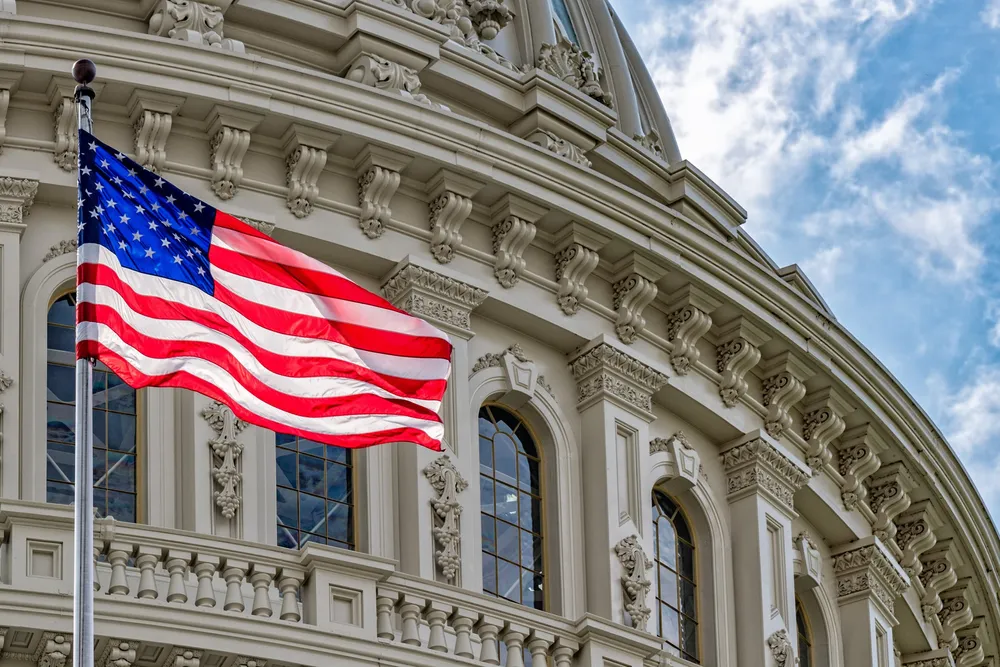US power demand growth puts energy permitting reform back on table
Timing may finally be right politically to enshrine streamlined environmental regulations into law

With US electric power demand growth set to soar, timing may finally be right politically for Congress to overhaul the bureaucratic and outdated federal environmental permitting process.
A bipartisan bill in the House of Representatives would “modernise” the 1970 National Environmental Policy Act (NEPA), the cornerstone procedural statute for assessing the environmental impact of federal actions.
“By reforming NEPA while standing firm in our commitments through the Clean Air and Clean Water Acts, we can be good stewards of our environment while ending a permitting status quo that is onerous, overly complex and ripe for litigation abuse,” said Representative Jared Golden, a Maine Democrat.
The House Natural Resources Committee held an initial hearing on the bill last week.
Golden said a key focus is streamlining the permitting process for both fossil and renewable energy generation projects and related infrastructure such as pipelines and power lines.
“We need robust power production and transmission to achieve energy dominance and lower costs,” he said. “But NEPA has been warped over time to become a law that allows endless lawsuits and bureaucracy that make it harder to build the things we need at the pace we need them.”
Golden argued these NEPA difficulties are detrimental for both fossil fuel and renewable energy projects and “cut both ways. So too should the solutions.”
He added: “This is a pro-energy bill that takes an all-of-the-above, technology-neutral approach.”
While many progressive left-wing congressional Democrats have historically opposed NEPA reform on the argument it would benefit coal, natural gas, and oil interests more than renewable energy, the country’s pressing need for more power could outweigh politics in some cases.
Permitting bottlenecks
Merchant interstate transmission lines, for example, which the country badly needs to tap undeveloped energy resources and for grid stability as more renewable energy comes online, can require a decade or more of federal regulatory reviews.
The SPEED Act would create “reasonable” permitting timelines, focus federal reviews on “direct, significant impacts rather than hypothetical or tenuously connected efforts,” and streamline judicial review to create more certainty for project investors and cut “opportunities for frivolous litigation.”
Substantive NEPA reform has backing from clean and fossil energy groups, electric utilities, and a range of other industries. Technology firms are warning the country must accelerate power capacity expansion to remain globally competitive with artificial intelligence.
Earlier this decade, efforts to revamp NEPA either floundered due to partisan disagreements between the political parties or partially addressed the issue by amending it through a law, Fiscal Responsibility Act of 2023 (FRA), that won some Republican support.
While helpful, the revisions, at least thus far, have not moved the federal review process needle far or fast enough for energy and other infrastructure investors and most importantly, President Donald Trump’s administration.
The SPEED act would seem compatible with the administration’s broad intent across the federal government to empower agencies to make timely, lawful permitting decisions. While Trump's end goal is more thermal energy, less red tape would also benefit wind and solar, particularly after he leaves office in January 2029.
As presidential executive orders can be overturned in court, investors prefer that fundamental NEPA reform be codified.
(Copyright)